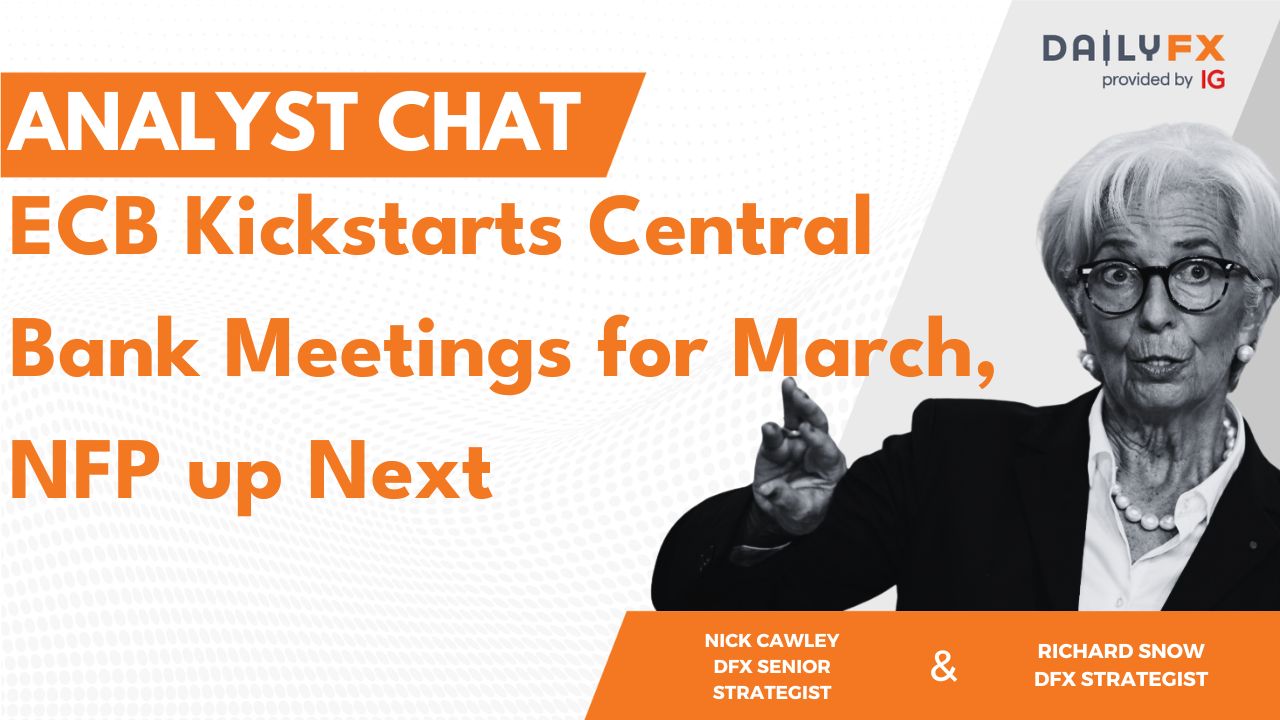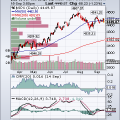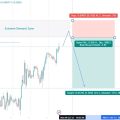In this week’s video, DailyFX analysts Nick Cawley and Richard Snow are talking about the recent trends in the market and what we can expect in the future. Last week, the foreign exchange market exhibited lower volatility than expected resulting in little movement on the whole. The US core PCE number, which measures inflation, printed as expected, therefore, having little impact on the dollar. On the other hand, stock markets like the DAX reached new record highs. Even gold and Bitcoin had some positive movements.
There’s also some interesting news coming out of Japan. The Bank of Japan is considering an overhaul of its monetary policy, which caused some volatility in the yen. However, these movements didn’t last long. The Japanese economy is hoping that wage increases in mid-March will help achieve a ‘virtuous cycle’ between prices and wages.
In the eurozone, things are a bit tough. GDP growth hasn’t been great, which presents a challenge for the European Central Bank (ECB) to maintain interest rates at elevated levels. The upcoming ECB meeting probably won’t bring any policy changes, but markets will be paying attention to what Christine Lagarde, the ECB president, says about the future.
Looking ahead, there are some important events to watch in the US. We’ll be getting updates on the ISM services PMI data, and non-farm payroll data, which are both indicators of the health of the economy. Throughout March, we’ll get further updates from major central banks which all appear motivated to delay the start date for rate cuts.
When it comes to trading, price action remains key and its difficult to fade a strong trend. The DAX, S&P, and Nasdaq are all doing well right now, so it’s not a good idea to bet against them. However, the Nasdaq’s chart is a bit concerning because it’s starting to flatten out.
Lastly, let’s talk about gold. It’s been on a positive trend and has broken through the important level of $2,050 per ounce. There are some short-term tailwinds propelling gold forward, including its safe haven appeal after Putin evoked the threat of nuclear retaliation if NATO soldiers enter Ukraine and rate hikes are no longer on the radar for prominent central banks after the Reserve Bank of New Zealand issued a rather hawkish hold on rates towards the end of February. Overall, the chart for gold appears bullish for the time being.




